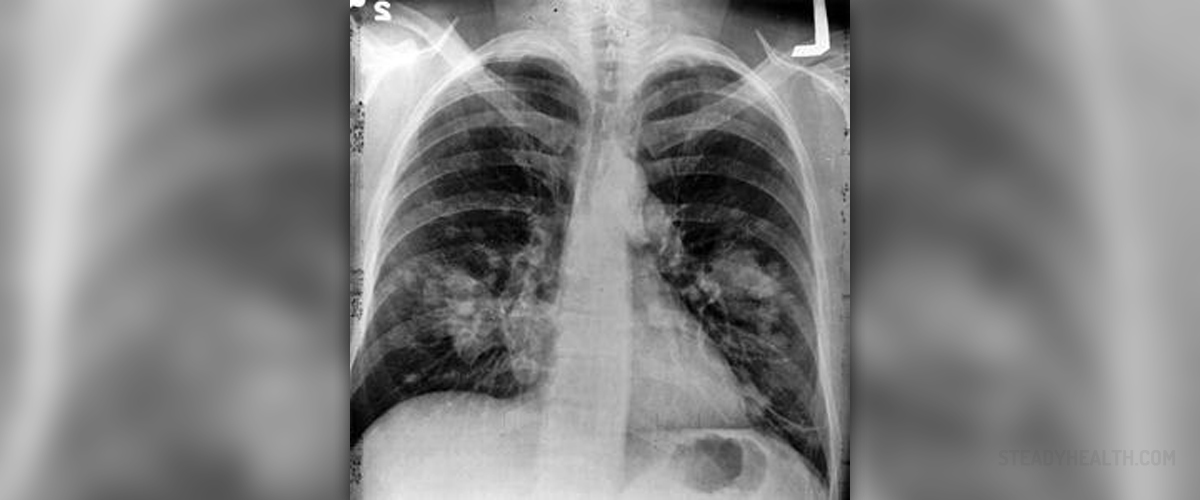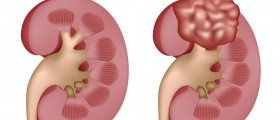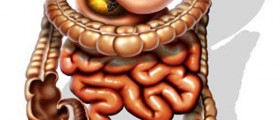
About Adenocarcinoma Lung Cancer
Lung cancer is definitely one of the most common malignant diseases affecting adult individuals in the United States. This cancer is easily classified into small cell carcinoma and non-small cell carcinoma. Lung adenocarcinoma is a type of non-small cell carcinoma. This classification is basically connected with characteristics of the tumor and is of major importance when choosing treatment approach.
A non-small cell carcinoma, including adenocarcinoma tends to be localized in the lungs when it is discovered and affects only regional lymph nodes while disseminated disease occurs only in later stages and terminal stage of the disease. This makes non-small cell carcinoma different from small cell carcinoma, the tumor that frequently gives metastases even in initial stages of the disease.
Lung adenocarcinoma develops as a consequence of uncontrollable and abnormal growth and development of cancerous cells originating from certain lung tissues. Increased multiplication soon leads to a formation of a lump. Once the lump becomes large enough it compresses the surrounding tissues and triggers symptoms and signs of the disease. The tumor also infiltrates the surrounding tissues, spreads to regional and distant lymph nodes and in terminal stage gives metastases to different organs, predominantly the liver, bones and brain.
Since it is initially localized to one part of the lungs, adenocarcinoma is usually treated surgically while radiation therapy and chemotherapy may be additionally engaged.
This tumor is frequently reported among smokers although there are several other factors associated with its formation. For instance, lung adenocarcinoma is reported to affect individuals exposed to radon gas, asbestos as well as some other potential carcinogens like uranium, arsenic, vinyl chloride, coal products, nickel chromates, gasoline, diesel exhaust, etc.
Symptoms of Adenocarcinoma Lung Cancer
Symptoms and signs of lung adenocarcinoma are basically the same as symptoms and signs of any other type of lung cancer. All of them develop as a result of compression of the lung and other tissues and organs in the chest cavity, infiltration of these as well as dissemination of cancer cells to other body compartments (spread of the cancer to different organs and organ systems).
Many times, cough is the initial health issue these patients complain about. Cough can be dry or there may be blood in the mucus. Coughing up fresh blood is particularly a reason for one to be worried. As the tumor becomes bigger patients may start to complain about wheezing and shortness of breath, discomfort during breathing as well as chest pain. Fever may occur as well.
Progression of the disease is basically associated with swallowing difficulties (infiltration or compression of the esophagus), hoarseness (damage to the recurrent laryngeal nerve) and enlargement of cervical lymph nodes. Loss of appetite and weight loss are also present and may occur even in early stages of the disease.
Once the tumor spreads to bones, its further growth triggers lysis of the affected bone and accompanied pain. Such pain is rather severe and does not respond to standard pain-killers.
Brain metastases are blamed for a set of different neurological signs which basically depend on the location of the tumor cells. Headache is typical for all the patients in whom the cancer has led to an increase in intracranial pressure.
Liver metastases cause jaundice and liver enlargement.
All in all, the symptoms and signs patients experience are not unique and may vary a lot. Still, all patients do complain about breathing issues in all cases.
Treatment for Adenocarcinoma Lung Cancer
Patients in whom the tumor remains localized to the lungs and distant metastases have been ruled out always undergo surgery. The surgeon may choose among three procedures: wedge resection, lobectomy or pneumonectomy. During wedge resection only the affected part of the lungs and small amount of surrounding tissue is removed. Lobectomy is a surgical removal of an entire lobe of the lung while during pnemonectomy the entire lung on one side is surgically removed. There is one more surgical approach called VATS (Video-assisted thoracoscopy). This is actually both, a diagnostic and therapeutic approach performed with the assistance of a flexible tube, placed through an incision in the chest into the thoracic cavity. The tube allows doctors to investigate the surface of the lungs and the condition of regional lymph nodes. Instruments that can be also easily inserted are used if there is a need for surgical resection of any kind.
Patients may additionally undergo chemotherapy and/or radiation therapy which basically depends on the stage of the disease, the patient's overall health, spread of the tumor and other factors. These two therapies may also be engaged prior to surgery, if the goal is to reduce the size of the tumor, making it operable. Chemotherapy and radiation therapy are also treatment options for advanced stages of the disease and represent a part of palliative therapy.
Relevant Data
Nowadays adenocarcinoma accounts for 40% of all lung cancers. This is the most common type of lung cancer in women. The incidence of the tumor in men is quite high due to high number of smoker. However, smoking is not the only underlying cause of this cancer. The number of people affected is also high due to professional exposure to environmental carcinogens as well as carcinogens certain people are professionally exposed to.
As for the spread of the disease, it is estimated that in 50% of all cases tumor gives brain metastases while the other lung, liver, adrenal glands and bones are other commonly affected organs.
According to the data from the year 2006 adenocarcinoma was responsible for death of 31% of men and 26% of women, all of which were suffering from some type of cancer.

















Your thoughts on this
Loading...